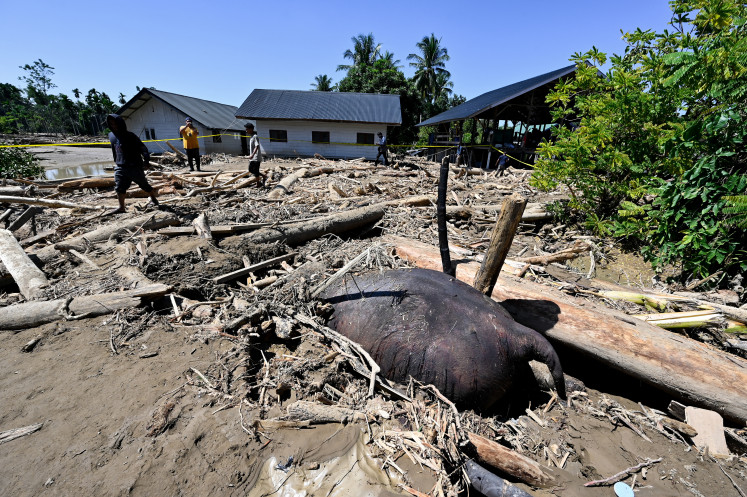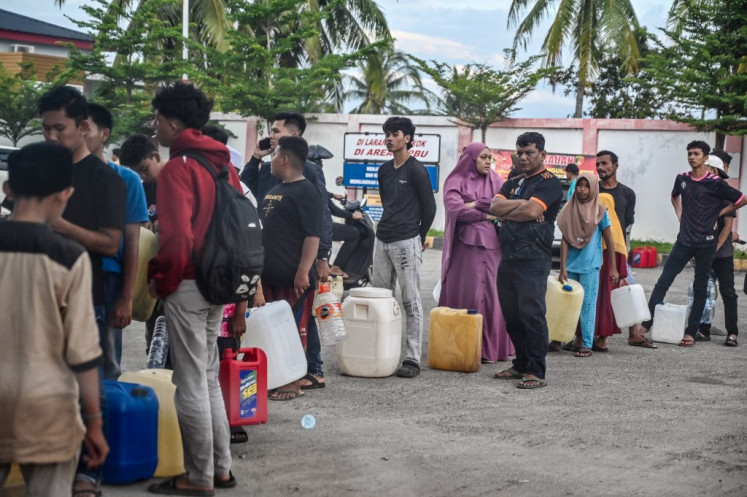Popular Reads
Top Results
Can't find what you're looking for?
View all search resultsPopular Reads
Top Results
Can't find what you're looking for?
View all search resultsAdopting sustainable tourism in Labuan Bajo
Implementing sustainable tourism, especially a strict policy on tourism carrying capacity, at super priority tourist destinations will protect and preserve their cultural and natural attractions for generations to come.
Change text size
Gift Premium Articles
to Anyone
M
anaging tourist destinations is not an easy job, particularly for long-term gains. Many tourist destinations across the world lose their unique appeal because of mismanagement. Without proper organization and management, destinations will only attract tourists for a short time before degrading (Butler, 1980). At this stage, both the natural and cultural attractions of the destination will have disappeared.
Governments and stakeholders thus need to work hand in hand in a spirit of collaboration spirit to adopt a sustainable tourism model that can save all destinations from decline, and at the same time preserve the local culture and enhance the per capita income of the local residents.
In this context, the government recent decision to limit the number of visitors to Labuan Bajo (Padar and Komodo islands) in East Nusa Tenggara to 145,000-292,000 a year is quite appropriate because Labuan Bajo, as one the nine prestigious tourism destinations in Indonesia, has Outstanding Universal Value (OUV). And is a world heritage.
Labuan Bajo, like other tourist destinations, possesses a certain carrying capacity for the number of tourists it can accommodate without harming the local environment and ecosystem. Upholding the tourism carrying capacity is a key element to determining the sustainability of a particular destination. Governments and tourism stakeholders must therefore meet the tourism carrying capacity of Labuan Bajo in order to sustain and protect the Komodo dragon and its natural habitat.
A lack of consistency in meeting the tourism carrying capacity of Labuan Bajo will lead to the extinction of the Komodo dragon and the destruction of the local environment.
Fortunately, the Environment and Forestry Ministry has set the tourism carrying capacity for the super priority tourist destination. The ministry, through the Komodo National Park management, has also conducted a study on the tourism carrying capacity of Komodo Island and Padar Island, the native habitat of the Komodo dragon.
This expert study recommends that the ideal number of annual visitors to Komodo Island is 219,000 tourists and 39,420 tourists to Padar Island, or 100 tourists per visit. The government is to implement this recommendation next month. These figures are sufficient to prevent the deterioration of the Komodo dragon and its native ecosystem. This tourism carrying capacity is extremely critical in achieving quality tourism that can help the principles of sustainable tourism become a reality.



















